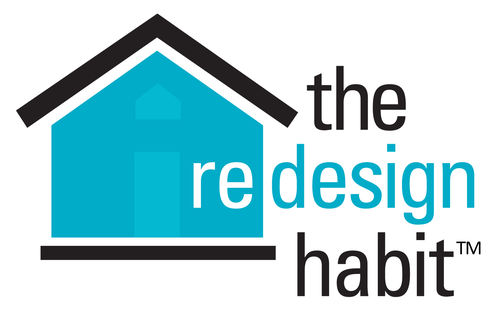Choosing the Right Pendant Light or Chandelier
You might have the perfect space in your kitchen, dining room, or family space to hang pendant lights or a chandelier. Congratulations, you’ve accomplished the easy part! The tricky part is actually finding and selecting the perfect lighting. My job it to help you defeat tricky by arming you with easy. Without further ado, allow me to, ahem, shine a little light on this subject.
Pendant Lights
How many pendants do you need? The “rule of 3” design tip I’ve shared in previous blogs doesn’t always apply to lighting, but here’s a simple guideline to determine the right number of lights over an island or peninsula:
· For pendants 10 inches wide or smaller, you’ll need one light per every three feet (3 feet island = 1 light, 6 feet = 2 lights, 9 feet = 3 lights).
· If your pendants are larger widths, 15 inches and larger, you will need fewer.
How much space should exist between fixtures? Allow at least the width of each light in between each light. However, as with any rule, there are always exceptions. Imagine an island in front of a stove with a gorgeous vent hood as the kitchen’s focal point. In this case, you may want to space your pendants so they highlight that beautiful hood. To accomplish this, you could choose larger pendants, hanging them to the sides of your island so they don’t block the hood but rather frame it.
What about height? As a rule of thumb, pendants should hang 30 to 36 inches above your countertop. If you’ve got friends or family in high places, meaning they’re tall, you may have an exception to consider. Borrow your tall person. Ask him or her to move under your possible pendant height. No head bumps, no problems. Thanks, science.
While I hope these tips are helpful, sometimes you can save a lot of headaches by experimenting before buying. Here are a few tricks to size things up in advance:
· Blow up balloons with different size diameters and tie strings around the knotted ends. Using painter’s tape, hang them from the ceiling with a variety of numbers, spacing, and heights to find what works best for your particular space.
· Use different size lampshades you have around the house and suspend them from the ceiling using fishline and small tacks to hold them up.
Chandeliers
The main rule of chandeliers is to center them above your table or within your space. This isn’t always as easy as it may sound. And when it isn’t easy, you can almost always blame an electrician. For whatever reason, it’s common to find an electric box placed in an awkward, sometimes nonsensical place. Depending on the fixture, you may be able to swag the cord/chain to make it centered where you need it to be. However, sometimes your best option is to hire an electrician to move the box. The good news is you only have to do this once.
If you have a very long table, you may want more than one fixture lighting it. In this case, you should still apply the centering principle with two or more lights. Love the look of three pendants hanging at different heights over your table? That may work, just ensure the middle light is centered over the table and use equal distances to space the other lights. The balloon or lampshade trick can be a big help as you consider your options to get the exact look you want. As a rule of thumb, lighting should hang 30 to 36 inches above a table.
In the end, like most things in design, you should do what works best for your space and what you love, rules be damned. Final tip: do some “active standing” in your space to get inspired and to figure out the best lighting approach. Active standing simply means spending time in the space visualizing what you want and need. While you are actively standing ask yourself what you like and dislike, how the space will be used and by whom, and what tone or mood are you trying to create. This exercise is crucial so the choices you make now don’t leave you disappointed later.
Now, what will you do next to love where you live?
Please feel free to reach out to us at The Redesign Habit and ask questions or simply share a project that you are working on or have completed.
For more great stories and ideas please follow us on Facebook and Instagram.





